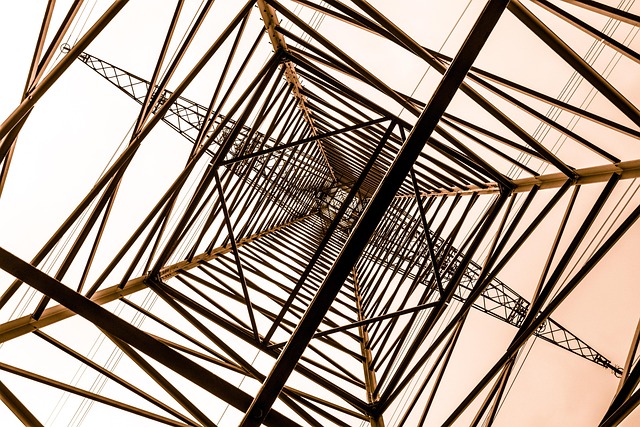The Increasing Challenges of Power Supply Disturbances
As climate change accelerates, our environment is facing more frequent and intense extreme weather events. From hurricanes and floods to wildfires and heatwaves, these occurrences not only threaten lives and ecosystems but also strain our critical infrastructure. Among the hardest-hit systems is our power supply, which is vital for modern society’s functioning and well-being.
How Extreme Weather Affects Power Supply
Power supply disturbances during extreme weather can manifest in various ways: widespread blackouts, voltage fluctuations, or complete system failures. Heavy storms can damage power lines; flooding can incapacitate substations; heatwaves increase electricity demand leading to overload. These disturbances highlight the fragility of our current electrical networks when confronted with unpredictable and severe climate-induced pressures.
The Role of Climate Change in Escalating Risks
Climate change isn’t just about rising temperatures; it alters weather patterns, making extreme events more pronounced and severe. This shift means power grids must withstand unprecedented stresses. Communities often experience power disruptions right when they need electricity the most—such as during heatwaves requiring air conditioning or storms necessitating emergency services—amplifying vulnerability.
Environmental Imperatives for Resilience
Addressing power supply disturbances calls for integrating environmental awareness into energy infrastructure planning. Investing in renewable energy sources distributed across resilient microgrids can reduce dependency on vulnerable central systems. Additionally, adopting smarter grid technologies enables quicker responses and minimizes outage impacts. Protecting natural buffers like wetlands also helps reduce the force of floods and storms affecting power installations.
Navigating Toward a Sustainable Future
Understanding and empathizing with the challenges of power supply disturbances amid extreme weather is essential for communities, policymakers, and industries alike. By aligning environmental stewardship with climate-responsive infrastructure innovations, societies can create robust energy systems capable of enduring the unpredictable realities brought on by climate change. Recognizing this interdependence fosters collective action to safeguard both our environment and the power we rely on daily.




